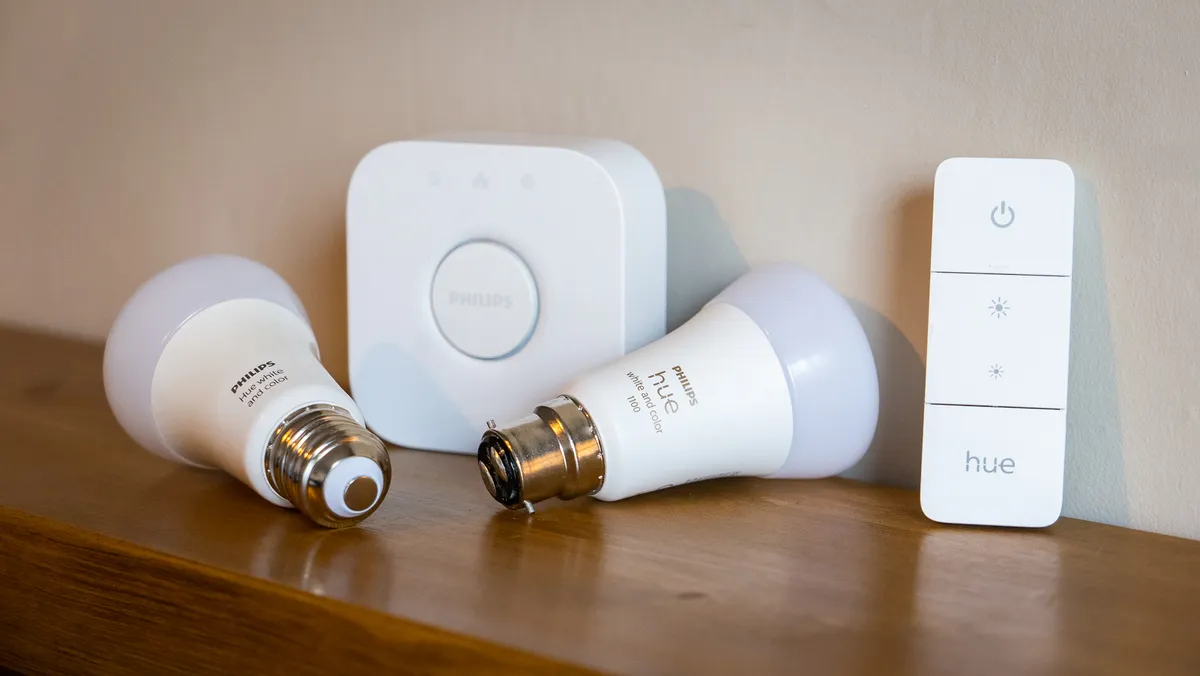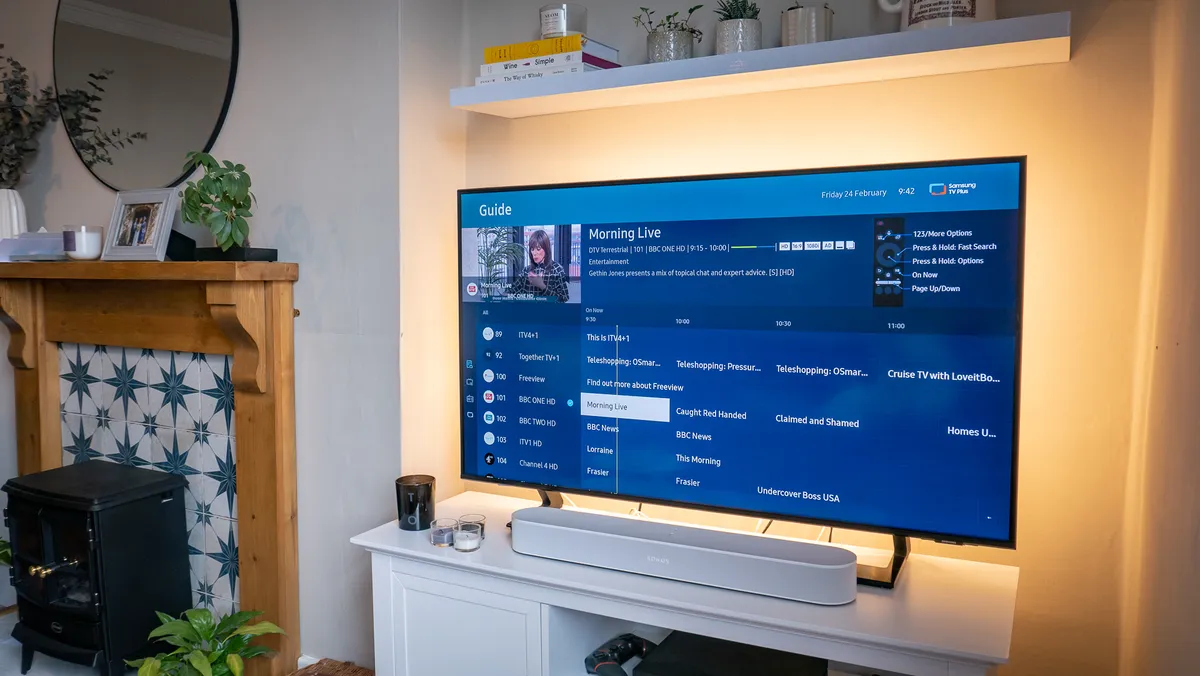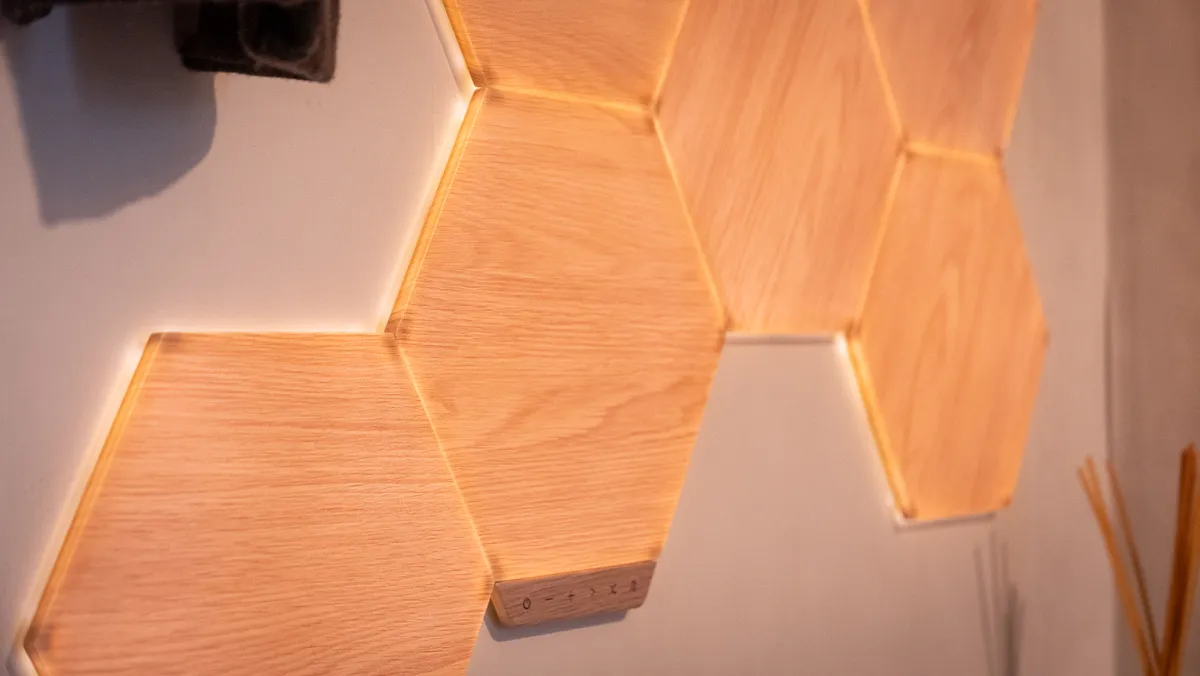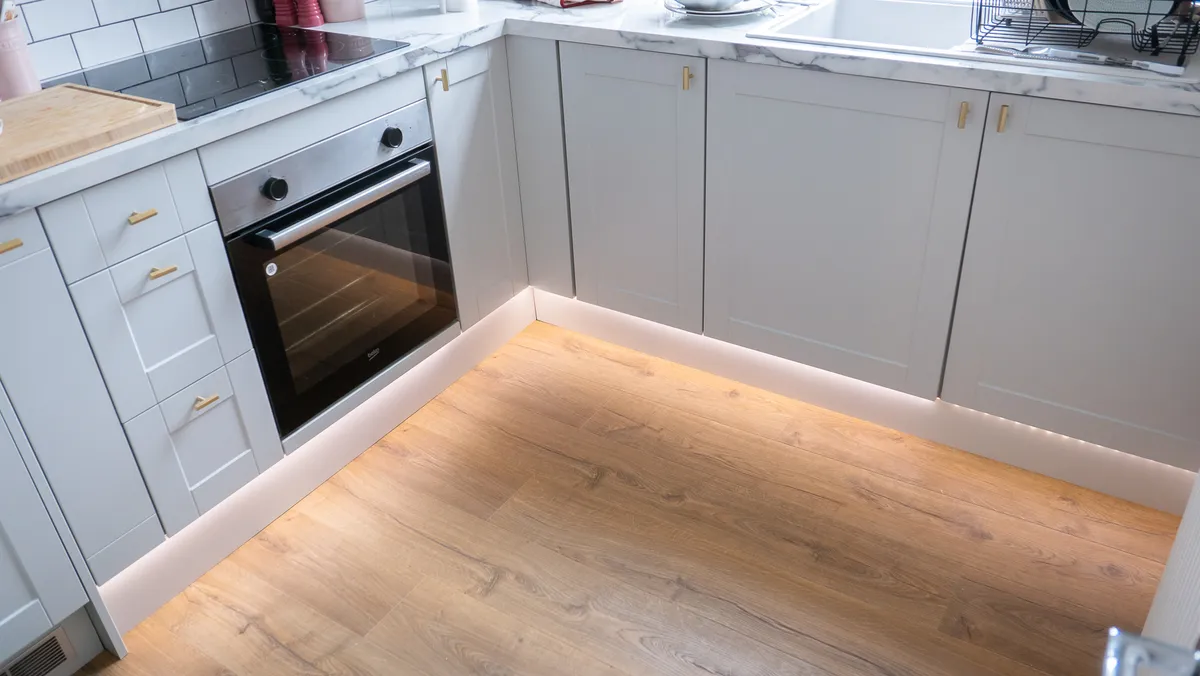Smart lighting systems are a great way to enhance your home without forcing complicated new technology on whoever else you live with. These bulbs can often use the same switches that are already fitted to your walls, while also working with smartphone apps, voice assistants and their own wireless switchgear.
Most smart lighting companies make bulbs for conventional screw- or bayonet-type ceiling fittings. Some also sell spotlights, as well as LED light strips, chandeliers and even weatherproof outdoor lighting for giving your garden and driveway a makeover. It’s even possible to install smart lighting that responds to sound, like music playing nearby, or to whatever appears on your television.
Some smart lighting systems connect directly to your smartphone via Bluetooth, or to your Wi-Fi router. Others first connect to their own hub, which in turn plugs into your router. Prices vary significantly depending on the system you choose and the type of bulb you buy. Cheaper bulbs only shine white, with adjustable brightness and temperature, while pricier options can be made any colour you want.
Philips Hue

Long regarded as the benchmark for smart lighting, Philips Hue offers a huge range of lighting and accessories, from standard bulbs to lighting strips, chandeliers, outdoor lighting, motion sensors, switches and decorative Edison-style bulbs. There are even light strips that fit to the back of your TV and change colour to mimic what’s on the screen.
Hue also has one of the better smartphone applications for controlling lights, creating automated routines and incorporating voice control from assistants like Alexa and Siri.
Until recently, every Hue bulb had to be connected wirelessly to a hub, called the Hue Bridge, which then connected to your Wifi router with an Ethernet cable. That is still an option – and is required to unlock full functionality – but the latest generation of Hue bulbs also have Bluetooth, for direct control from the smartphone app.
Whichever approach you take (Bridge or Bluetooth), the Hue system is easy to set up and use, with options for gathering lights into groups for simultaneous control, setting timers and having your lights brighten gradually to simulate a sunrise on a dark winter’s morning. Full-colour bulbs can be any colour, brightness and temperature, while the cheaper white bulbs can be adjusted from a cool, blueish white to a warm, orange glow.
In our view, Hue is the most complete smart lighting system. But it comes at a steep price, and while that was partially justified when Hue was the only player in town, newer rivals with similar feature sets at lower prices mean Hue is no longer the default option.

Hive

Hive sells a range of smart home products, including thermostats, plug, security sensors, hubs and a wide selection of light bulbs. These range from ordinary, dimmable bulbs, through to ones that adjust from cool to warm, and pricier full-colour options. All Hive devices require a hub to function, but only one is needed per home.
Once installed, Hive lighting works in a similar way to Hue, with an app for adjusting settings, creating schedules and creating so-called Actions, where several devices can be configured to work together; for example, the lighting and heating both turn on when you arrive home.
In our view, the Hive app isn’t quite as slick or intuitive as Philips Hue, but once you’ve learned the ropes there’s plenty of customisation on offer. Like other systems,
Hive also works with Alexa and Google Assistant, so can be controlled with voice commands and integrated into those systems for more advanced smart home automation. Siri Shortcuts and Apple Homekit compatibility is also available, for control from your iPhone, Mac or Apple Watch. This is common across most smart lighting systems, meaning after the initial setup they can be controlled exclusively through your voice assistant or smart home app of choice.
Nanoleaf

Nanoleaf sells light strips and conventional bulbs, but what sets this company apart is its decorative smart lighting. This Elements kit includes 13 hexagonal panels that fit together any way you like, plug into a wall outlet, and are controlled by app, voice, touch or an included control panel. They can also react to nearby music.
Like other systems, Nanoleaf lights work with Alexa, Google Home and Apple Home, as well as the smart home automation tool IFTTT and Nanoleaf’s own app. The panels are finished with a wood grain veneer and can have their brightness and temperature adjusted from cool blue to warm orange.
The panels are slightly fiddly to set up, because while the included connectors clip into place easily enough, they don’t stay attached particularly well. This is fine when you’re sticking each panel to the wall as you build your design. But for experimenting on a table or the floor they come apart quite easily. Adhesive pads are included but wall hooks and screws are not, which feels a bit stingy for a product costing over £300.

Once mounted, the resulting light feature can be an acquired taste. We quite liked it, but a lot will depend on how the room is already furnished, how much blank wall space you have, and what pattern you decide on.
TP-Link Tapo

Tapo is the smart lighting division of TP-Link, a technology company that also produces the Kasa range of smart plugs. Tapo includes regular, screw-type bulbs and ceiling spotlights with temperature-adjustable white or full-colour options, as well as light strips.
Here we have tested a multi-colour light strip. The L930-10 kit comes with two, five-metre strips that can be cut to length (but which cannot be reattached). Both strips attach to a single plug and transformer; instead of a hub they connect directly to your Wifi network and the Tapo smartphone app. Once set up, they can be integrated with Apple Home, Alexa and Google Home.
Each strip is split into 50 lighting zones and the app is full of pre-configured modes for shining several colours at once, or animations that see the strip gradually change between multiple hues.

We fitted the strip under our lower kitchen cupboards, creating the look of expensive fitted lighting for a fraction of the price. With an Alexa smart speaker on the counter top, it’s a matter of saying: “Alexa, turn on the kitchen lights” and the floor is bathed in light. You can also use voice commands to change the colour – “Alexa, turn the kitchen soft yellow” – and adjust the brightness – “Alexa, turn the kitchen light to 40 percent”.
Read more:
